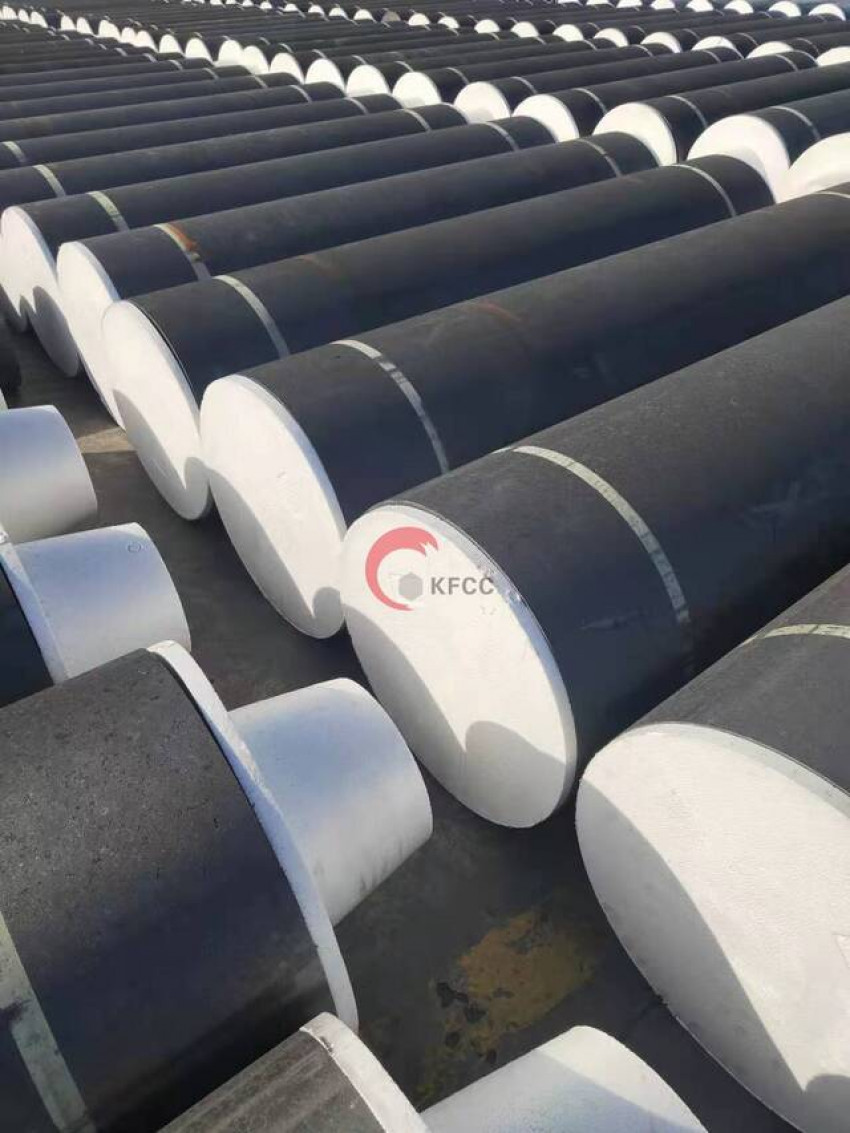
In the 20th century, copper was widely used as electrode material in EDM. At that time, graphite materials would only be considered as an alternative when making large electrodes and the mold machining requirements are not high or rough. Some technicians who have been exposed to graphite electrodes in the early days have a general impression: the graphite material is dirty, easy to drop slag, the surface effect is not good, and the processing efficiency is not high.
With the development of high and new technology, the manufacturing process of graphite materials has been continuously improved, and graphite materials that can meet the needs of different EDM emerge in an endless stream. Graphite high-speed milling machine tools have emerged in the market, and the graphite discharge performance of CNC EDM machine tools has also been comprehensive. promote. Today, in Europe, where manufacturing technology is leading, more than 90% of the electrode materials of mold companies use graphite. Aerospace, automotive, home appliances, electronics and other molds have widely used graphite as electrode material. This significant change is attributed to the many advantages of graphite electrodes, such as high efficiency and high quality processing.
For graphite materials, the following four indicators directly determine the performance of the material:
1) The average particle diameter of the material
The average particle diameter of the material directly affects the discharge state of the material. The smaller the average particle size of the graphite material, the more uniform the discharge of the material, the more stable the discharge state, the better the surface quality, and the smaller the loss; the larger the average particle size, the better the removal rate can be obtained in rough machining, but the finishing The surface effect is poor and the electrode loss is large.
2) The flexural strength of the material
The flexural strength of a material is a direct reflection of the strength of the material and shows the tightness of the internal structure of the material. Materials with high strength have relatively good resistance to discharge. For electrodes with high precision requirements, materials with better strength should be selected as much as possible.
3) Shore hardness of the material
The hardness of graphite is higher than that of metal materials, and the loss of tools during cutting is greater than that of cutting metals. At the same time, graphite materials with high hardness have excellent control of discharge loss.
4) The intrinsic resistivity of the material
Graphite materials with high intrinsic resistivity will discharge slower than those with small resistivity. The higher the intrinsic resistivity, the smaller the electrode loss, but when the intrinsic resistivity is high, the stability of the discharge will be affected.
At present, among the world-renowned graphite suppliers, different suppliers have a variety of different grades of graphite to choose from. It is usually classified according to the average particle diameter of graphite materials. The particle diameter ≤φ4 μm is defined as fine graphite, the particles between φ5~φ10 μm are defined as medium graphite, and the particles above 10 μm are defined as coarse graphite. The smaller the particle diameter, the more expensive the material, and the appropriate graphite material can be selected according to the requirements and cost of EDM.





